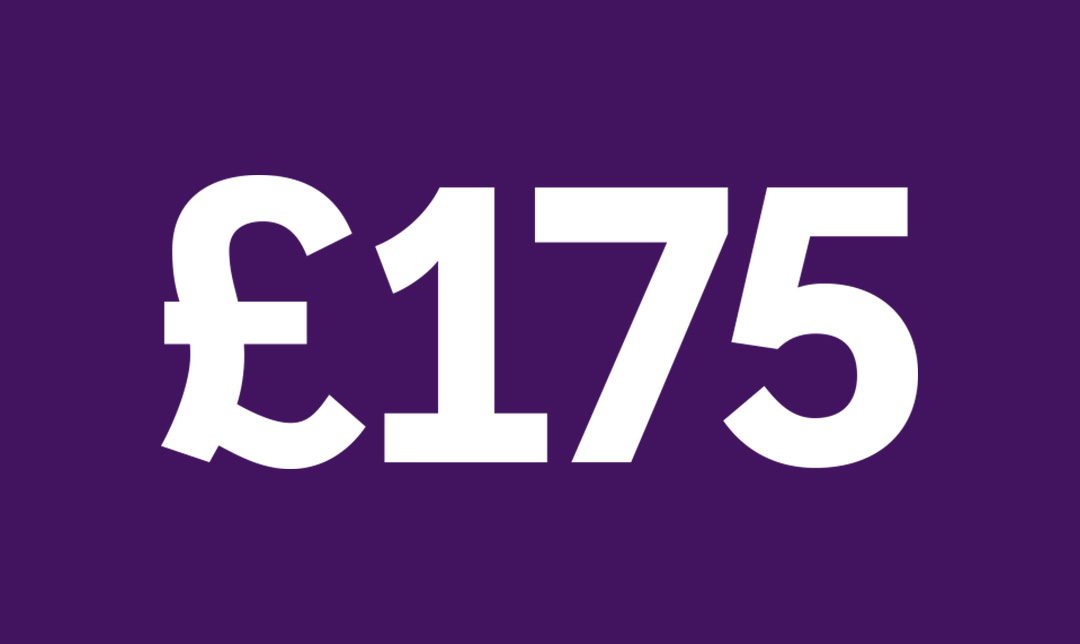On this page...
Home surveys are arranged and paid for by the buyer. The information below is guidance only and may differ from guidance given by survey providers. This guidance is not relevant for buying property in Scotland, where the surveying process is different.
What is a house survey?
- A house survey, also known as a home survey, is an inspection of a property by a qualified surveyor. It identifies potential problems that are useful to know before you commit to buying the property.
- Your home survey may uncover issues with the property’s structure or condition that could be costly to repair. It might show the expenses and risks you’d face, helping to inform your decision to buy the property.
- Different types of house survey are available, with some going into more detail than others.
- Qualified surveyors should be registered with a professional body. For example, the Royal Institution of Chartered Surveyors (RICS).
Mortgage Valuation
Used to check the property is worth what you’re paying or borrowing
What's it for?
- A mortgage valuation is organised by your bank to understand the value of the property for lending purposes only.
- It’s not a full house survey and doesn’t go into detail about the property’s condition.
What's not included?
- You may not get a copy of the valuation report.
- You won’t be advised of the condition of the property. For example, any structural problems or maintennce work the property needs.
Please note: There are some scenarios where the valuer will use online data, such as recent sales information and Land Registry details, plus local knowledge to make a valuation without visiting the property.
Home Survey Level One
Previously known as a Condition Report
What’s it for?
- The most basic house survey, designed for newer and conventional homes.
- Offers a traffic-light rating of the property’s condition, flagging risks and urgent defects.
- Follows a format set by the RICS, along with the other types of house survey covered here.
What’s not included?
- This basic home survey doesn’t tend to offer advice on handling defects.
- It goes into less detail than higher survey levels. This might make it less suitable for older homes.
Home Survey Level Two
Previously known as a Home Buyers’ Survey
What's it for?
- You could choose this home survey when buying a conventional property. For example, a house, flat or bungalow that’s built from common building materials and in a reasonable condition.
- It provides a descriptive account of the property’s condition, highlighting significant problems and where a specialist report may be required.
- This house survey can give you the option to include a market valuation.
What’s not included?
- The report won’t go beyond the floorboards or behind the walls. So, it’ll only be able to identify visible issues.
- It won’t specify as standard repair options or possible consequences of ignoring the issues.
Home Survey Level Three
Previously known as a Building Survey
What's it for?
You could choose this home survey when dealing with a large, older or run-down property, or a building that is unusual or altered. It could also be useful if you’re planning major works.
The surveyor will report on every aspect of the property, including its structural condition, visual defects, and potential problems that might arise from hidden issues.
This house survey report will also outline repair options and timelines. It’ll explain the consequences of not acting too.
What’s not included?
- The surveyor won’t force or open concealed areas in the property without the occupier’s consent. They also won’t risk injury or damage. This includes moving heavy furniture or removing any fitted floor coverings.
Please note: While it’s more comprehensive than a Home Survey Level Two, you may still need a specialist report in certain circumstances with this type of survey.
Arranging a home survey – step by step
Buying a home is different for everyone. But there are some common steps you could follow when arranging a house survey:
1. Know your responsibilities
Unless you live in Scotland, it’s the buyer who needs to arrange the home survey. Your lender or estate agent might recommend a surveyor, but it’s still your responsibility to book one.
2. Find a qualified surveyor
Many surveyors are members of professional bodies like the RICS. This means they meet certain standards, such as having professional indemnity insurance.
The RICS website can tell you how to find qualified surveyors. You could also get recommendations from friends and family, lenders, estate agents or online searches.
3. Choose the right survey
Think about the age, condition, style and location of the home. Are there likely to be hidden defects? Has it been around for decades, or just a few years?
Weighing up these questions might help you decide on the right home survey level.
4. Be clear on expectations
It may be an idea to double-check the house survey cost and dates of inspection before choosing a particular surveyor. You could also ask about the things that will and won’t be included in the survey.
- You can search for a surveyor on the RICS website
- Alternatively, you can contact our partners Legal & General on 0345 200 2046
Things to think about:
- A local surveyor may be most useful. After all, they’re likely to be more familiar with the housing market in your area.
- Buying a property with unusual features? It may be worth seeking a surveyor with specific experience assessing similar properties.
- You may wish to wait for your mortgage application.
You may wish to consider instructing a survey after progress has been made with your mortgage application. In the event you do not meet the Bank’s lending requirements for a mortgage and/or should the purchase not proceed, you may still be liable for the costs of the survey.



